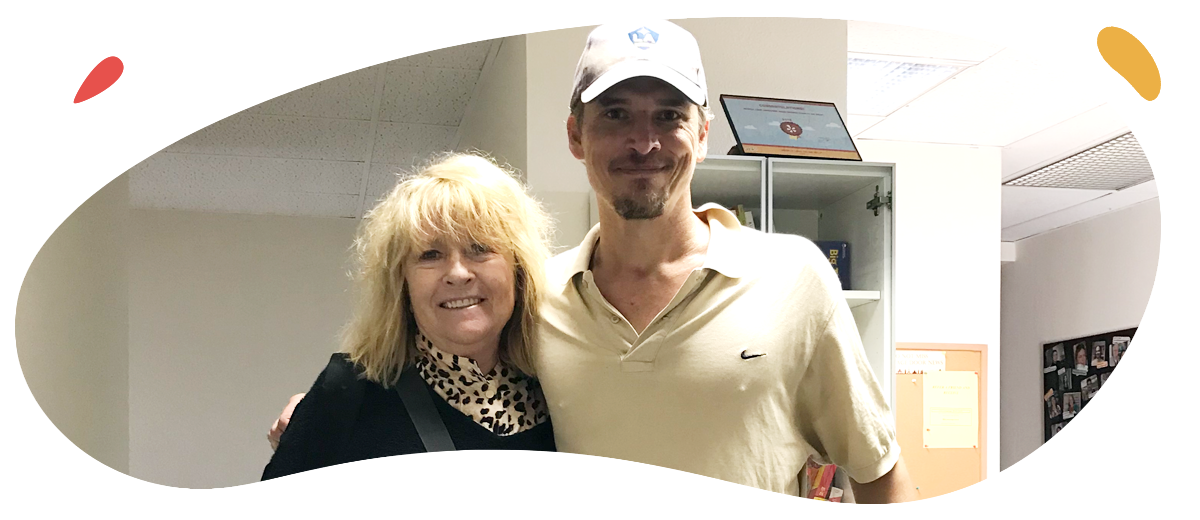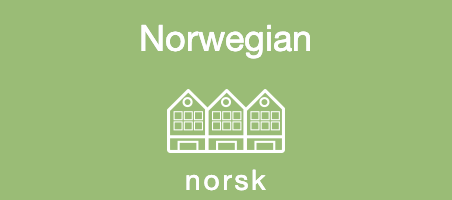Learn to Speak Norwegian
Norwegian is a North Germanic language. The two forms of the Norwegian language, Bokmål and Nynorsk, are both used in public administration, in schools, churches, and on radio and television.

Learn Norwegian with Language Door Today!
Language Door’s expert teachers offer instruction for students of all ages. We keep our tuition prices low but offer quality instruction in a pleasant environment. Our class size is always a small group. Our teachers are native speakers and offer the hands on training that will enhance your learning experience.
Interesting Facts About Norwegian Language
Norwegians view themselves as egalitarian people whose culture is based on democratic principles of respect and interdependence.
Norway’s abundance of mountains, forests and plains mean that only about 3% of the land is arable. The country has approximately 4.7 million inhabitants, of which about a million live in and around the capital city, Oslo.
Norway is a constitutional monarchy. King Harald V has no real political power, and the parliament, Stortinget, is the country’s highest authority.
Where is Norwegian Spoken?
Norweigan has around 5 million speakers in mainly in Norway. There are also some speakers of Norwegian in Denmark, Sweden, Germany, the UK, Spain, Canada and the USA. Everyone who speaks Norwegian, whether it is a local dialect or one of the two standard forms, can be understood by other Norwegians.
About the Norwegian Language
Early Norwegian literature, mainly poetry and historical prose, was written in West Norse and flourished between the 9th and the 14th centuries. After that Norway came under Swedish and then Danish rule. Norwegian continued to be spoken but Danish was used for officials purposes, as a literary language and in higher education. After Norway separated from Denmark in 1814, Danish continued to be used in schools until the 1830s, when a movement to create a new national language emerged. The reasoning behind the movement was that written Danish differed to such an extent from spoken Norwegian that it was difficult to learn, and because they believed that every country should have its own language.
There was considerable debate about how to go about creating a national language and two languages emerged – Landsmål (national language), based on colloquial Norwegian and regional dialects, particularly the dialects of western Norway, and Riksmål (national language), which was primarily a written language and very similar to Danish. Landsmål was renamed Nynorsk (New Norwegian) in 1929 and Riksmål is now officially known as Bokmål (book language). A few people over 60 still use Riksmål, which is considered a conservative form of Bokmål and differs only slightly from it.


